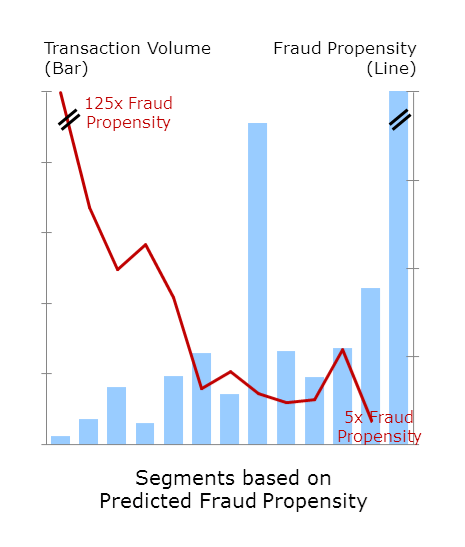Case Studies
Used structured & unstructured data to identify and reduce fraud risk by 33% for a Top US card issuer
Financial Services, Risk ManagementWe helped a major US payments network reduce fraudulent transactions by developing a customized fraud prediction algorithm. The approach involved combining structured and unstructured data from a variety of sources – including Retail PoS data, ATM & other transaction data, geographic information, and historical cardmember data – to build a predictive model that identified high fraud-risk transactions. Simulations indicated a 33% reduction in fraud through the application of this solution.
Approach
- Client was a major payments network.
- Controlling fraudulent transactions was a key strategic priority for the client.
- No customer level data was available for traditional fraud analysis.
- Studied mechanics of fraudulent behavior; Combined structured & unstructured data such as retail purchase data, card reload data, geo data, and transaction data to find patterns of fraudulent behavior
Analysis
Results
- Identified patterns of high, medium, and low fraud propensity.
- Transactions in the riskiest segment were 125 times as likely to be fraudulent as the average.
- Recommended strategy expected to lead to 33% reduction in fraud

